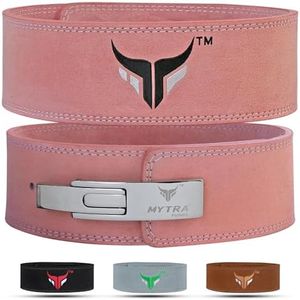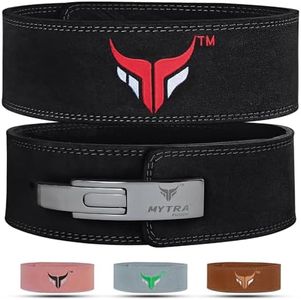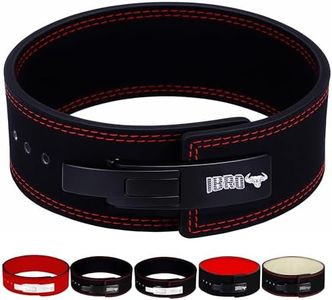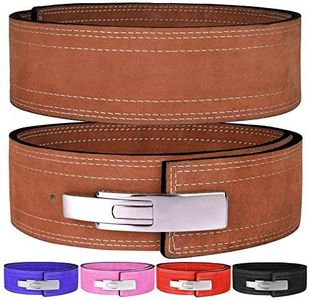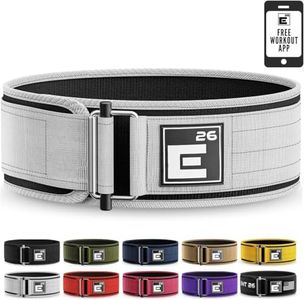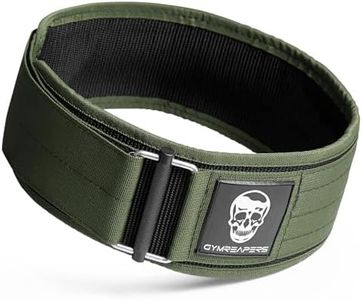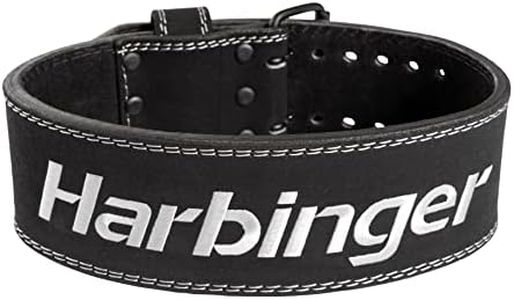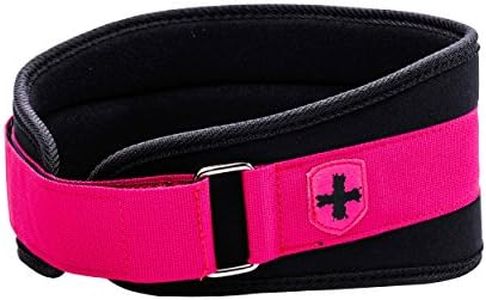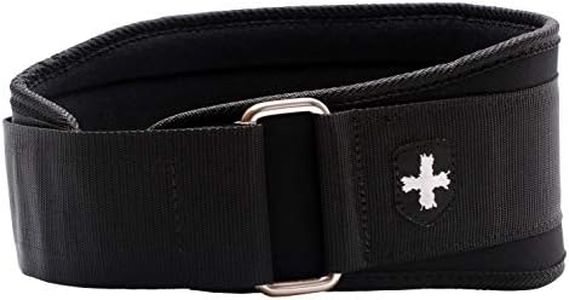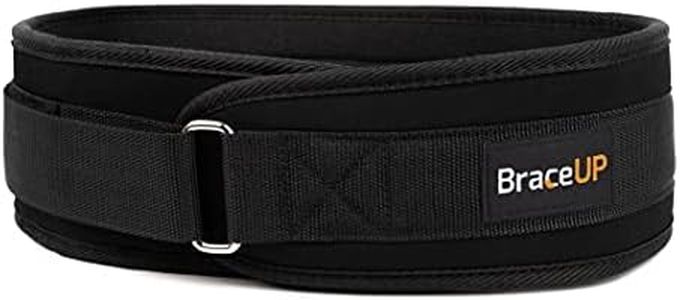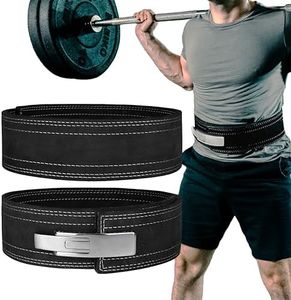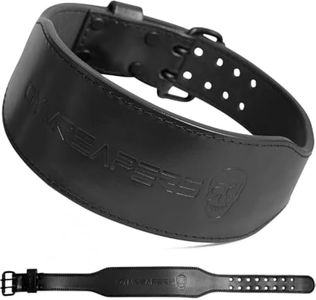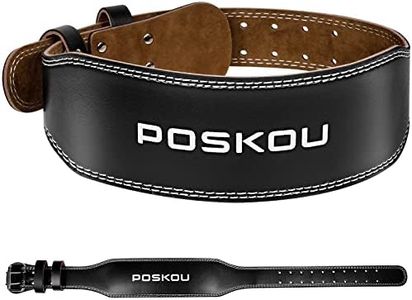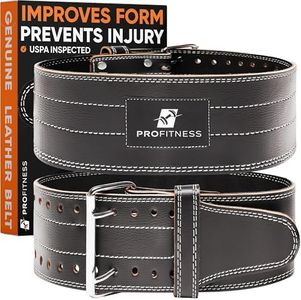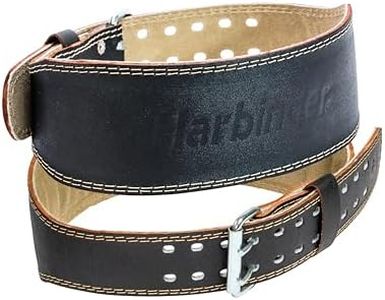We Use CookiesWe use cookies to enhance the security, performance,
functionality and for analytical and promotional activities. By continuing to browse this site you
are agreeing to our privacy policy
10 Best Weight Lifting Belts
From leading brands and best sellers available on the web.Buying Guide for the Best Weight Lifting Belts
Choosing the right weight-lifting belt can make a big difference in your comfort, safety, and performance during strength training. A belt helps support your lower back and core during heavy lifts, promoting better form and reducing the risk of injury. The best belt for you depends on the type of lifting you do, your body shape, and your personal preferences. It's important to understand the main features that set belts apart so you can pick one that suits your training needs.WidthWidth refers to how tall the belt is from top to bottom, usually measured at its widest point. This is important because a wider belt offers more support, especially for your lower back and core. Belts typically range from about 4 inches to 6 inches in width. Thinner belts (around 4 inches or less) provide more flexibility and are often favored by Olympic lifters or those needing more movement, while wider belts (close to 6 inches) are popular for powerlifting as they maximize support for heavy squats and deadlifts. Choose a width that balances support with comfort and fits well with the lifts you do most.
ThicknessThickness is how dense the belt material is, often measured in millimeters. Thicker belts (like 10 mm or more) are stiffer and give more support, ideal for maximum-strength lifts where you need the most core stability. Thinner belts (around 6–8 mm) are more flexible and comfortable for general weight training or movements that combine speed and agility. Consider how much stiffness you want: go for a thicker belt if heavy powerlifting is your focus, or a slimmer one if you need flexibility for a broader range of movements.
MaterialMaterial affects durability, comfort, and overall feel of the belt. Leather belts are classic for their sturdy support and are used by many serious lifters, but they take time to break in. Nylon and synthetic belts tend to be softer, lighter, and more comfortable right away, but may provide slightly less rigid support. Your choice here depends on what feels better for you, and if you prioritize maximum support (leather) or comfort and ease of use (nylon or synthetic).
Buckle TypeThe buckle secures your belt. There are several common types: single-prong, double-prong, lever, and Velcro. Prong buckles (single or double) are very secure, though they can take a moment to fasten. Lever buckles allow for quicker tightening and loosening, which some lifters prefer for convenience. Velcro belts are easiest and fastest to adjust, but may not be as durable or supportive under the heaviest loads. Choose a buckle type that matches your needs for ease of use and security, especially if you train with heavy weights.
Contour and ShapeSome weight-lifting belts are the same width all around, while others are contoured, meaning they’re wider at the back and taper at the front. Uniform belts give even support all around, popular in powerlifting. Contoured belts allow more movement and comfort at the hips and ribs, which can be better for Olympic lifts or general fitness. Select the shape based on your comfort needs and the types of lifts you perform most often.
Size and FitGetting the proper size is crucial for a belt’s effectiveness. Sizing depends on your waist measurement (not your pants size)—measure around your midsection where the belt will sit. A snug fit is important: it should be tight enough to provide support, but not so tight that it cuts off your breathing or pinches your skin. Many belts come with multiple size options or adjustable holes; always check the manufacturer’s size chart and adjust for a secure but comfortable fit.
